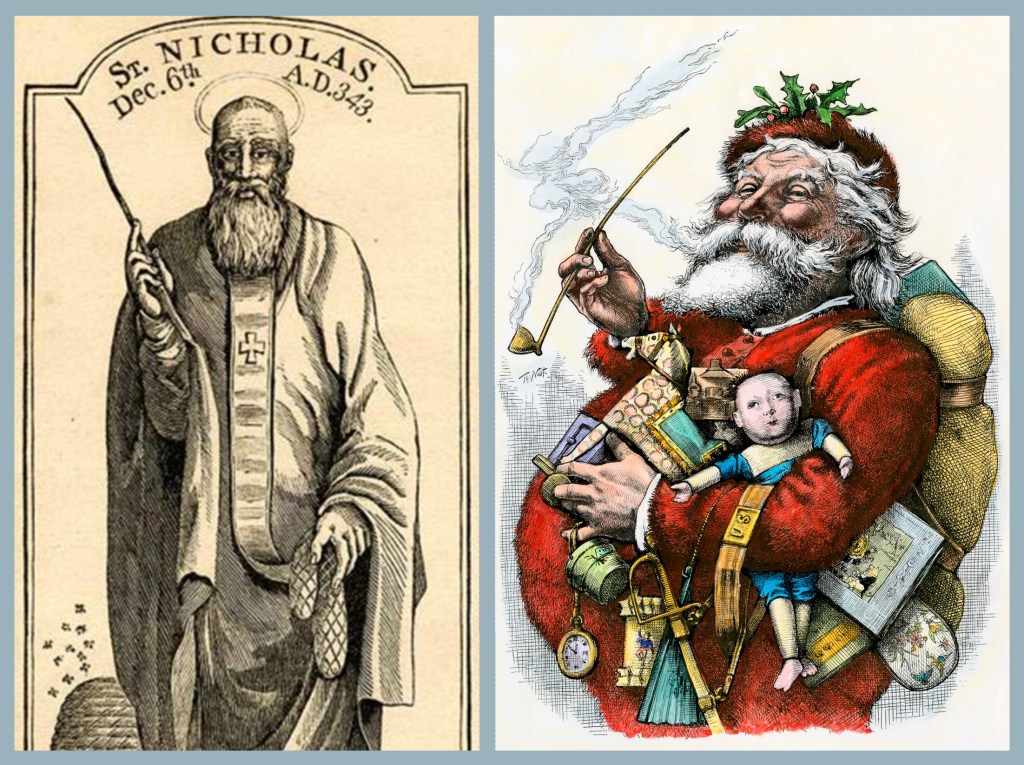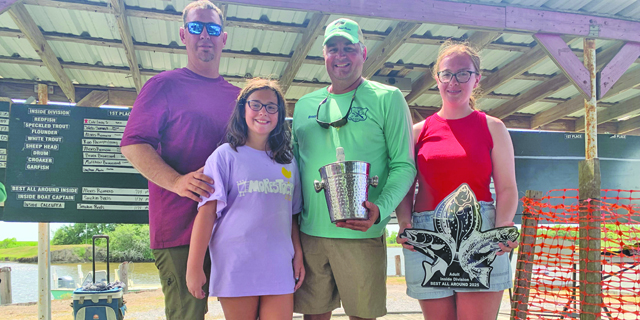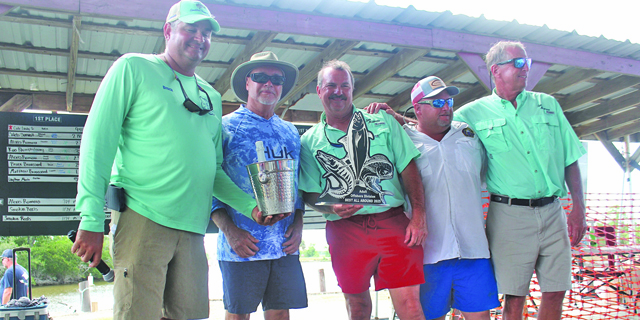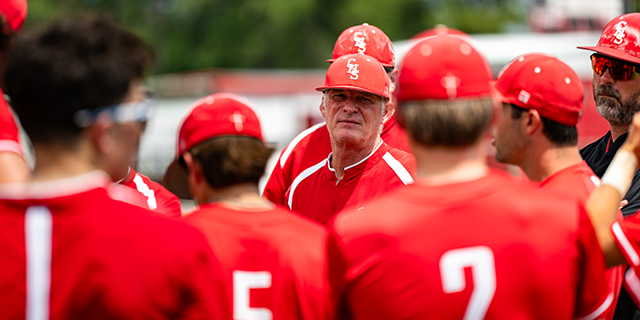The Claus Connection
Published 8:00 am Thursday, December 23, 2021

- HOUS2A-00010
Santa Claus, it seems, sometimes gets a bad rap. Many besmirch the jolly old guy as a symbol of the materialism that Christmas in the United States has become – rampant commercialism, greedy consumerism, putting pressure on parents to fulfill even the most outrageous demands of their children. (Wait, would it be crazy to get my 4-year-old an iPhone?)
But this is not a story about that. Instead, it is a story about just how saintly St. Nick can be: a conduit to the true spirit of Christmas, reinforcing one little girl’s faith and giving her a reminder that, yes, there is deeper meaning to Christmas, and she and her family are right to celebrate that, above all.
Trending
It’s getting close to Christmastime, 2016. (Angela Cestia says maybe 2015, but we’ll go with 2016.) Meredith Cestia, a second-grader at St. Edward’s School in New Iberia, sits down to write her Christmas list for this year. Her mom Angela says Meredith usually did not ask too much from Santa; instead she thought of others and asked for things that she thought would make the world a better place.
“She has a good heart, and she’s always thinking of others. One year, she found out that snow leopards were endangered, so she asked Santa to help them,” says Angela. “We made a donation to the World Wildlife Fund in her name. The funny thing is, about two days after Christmas, Meredith came across an article that said that snow leopards were no longer endangered. She ran around for days joyfully convinced that she and Santa had saved the snow leopards.”
Back to 2016, Christmas list at hand. On a peach-colored piece of construction paper, she writes neat, girlish letters in black marker. The list is two-sided, one side with a modest list of toys requested, but the other side is where she lets Kris Kringle know what is most on her heart. “Dear Santa,” she writes with second- grade spelling, “What I really want for Christmas is a kiss from Jesus!” The i’s are dotted with tiny hearts, and there is an illustration of a kiss ending her sentence. “Love, Your friend, Meredith Cestia!”
She closes with “I belive in you Santa!!!” with an admonition to the Elf on the Shelf (whose job it is to deliver these missives) to “please take this note to Santa.”
Now it was time for Santa and his helpers to get some divine intervention. Meredith’s mom, after making sure the note was properly delivered, showed it to the principal of Meredith’s school, who passed it along to the Sisters of the Blessed Sacrament. One of the nuns, Sister Agnes, was inspired to write a letter back to Meredith, from the Blessed Birthday Boy himself. According to Sister Agnes: “My angel did good for me that day.”
In the letter to Meredith, Jesus explained that because now He is in heaven, He is spirit and no longer has lips with which to kiss her. He further said He asked St. Katharine Drexel, founder of the Sisters of the Blessed Sacrament, to help him out and have Sister Agnes write to her. The letter said that even before Meredith was born, He loved her, and He has surrounded her with people who would show her His love. He tells her that every time her parents, grandparents and siblings (Lauren and Sam) hug her and kiss her, she can trust that it comes from Him, and that He is the spirit of that love. The letter appeared Christmas morning that year, among the other modest requests Meredith had made.
Trending
Fast forward to the current holiday season. Meredith is now a seventh grader at Catholic High, and making Christmas lists to Santa is not as important as it used to be. Still, she remembers the letter as one of the best Christmas presents she ever got, although saving the snow leopards does come in a close second. “It was amazing receiving the letter from Jesus,” Meredith says. “It brought home to me the real spirit of Christmas: His birthday. And I loved it. But knowing that Santa and I saved the snow leopards was pretty cool, too.”
Mom Angela agrees. “It’s heartwarming to parents, especially these days, to know our children do think about the right things and do have the faith they can count on – on Christmas and all the other days of their lives.”
So the next time you’re assaulted by an inflatable Santa blaring Jingle Bells way before Thanksgiving, take a breath and realize. In the true spirit of Christmas, Santa can help do some pretty spectacular miracles.
A Short History of Santa Letters
From the Desk of Santa Claus
Santa letters originated in the mid-18th century, but not as letters from children, rather as stern missives to kids counseling them to behave. The children of Fanny Longfellow (Mrs. Henry Wadsorth) would get a review each Christmas of their actions of the year past. Eventually, the focus of the correspondence shifted to gifts and became primarily wish lists from children for Santa’s reference.
Straight From the Hearth
The first letters children wrote to Santa did not go to the post office, or even to the North Pole. They were left on the family’s hearth, so the letters could turn into smoke and find their way up the chimney for Santa to retrieve. In Latin American countries, children sometimes bypassed the letter-writing entirely, shouting their Christmas wishes directly up the chimney.
The Dead Letter File
Unfortunately, it was a long time before anyone agreed on an official address to send Santa’s letters, so when the USPS started to receive thousands of envelopes addressed to him, they wound up in the Dead Letter File, forever unanswered. Nowadays, Santa has an email address and, thanks to the USPS Greetings from the North Pole Post Office program, letters can be mailed directly to the Big Guy, where they will be answered by Santa’s team of helpers.
A Changing Image
Santa wasn’t always the rosy-cheeked elfin man we now know; the first depictions of St. Nick were brought by the Dutch to America. St. Nicholas was a stern, tall, religious figure. It wasn’t until artist Thomas Nast, inspired by the 1823 Clement Moore poem “The Night Before Christmas,” drew Santa as the snowy-bearded jolly fat man in the red and white we all recognize. That image struck a chord with Americans, and has been reinforced by marketing, media and those infernal inflatables to this day.





